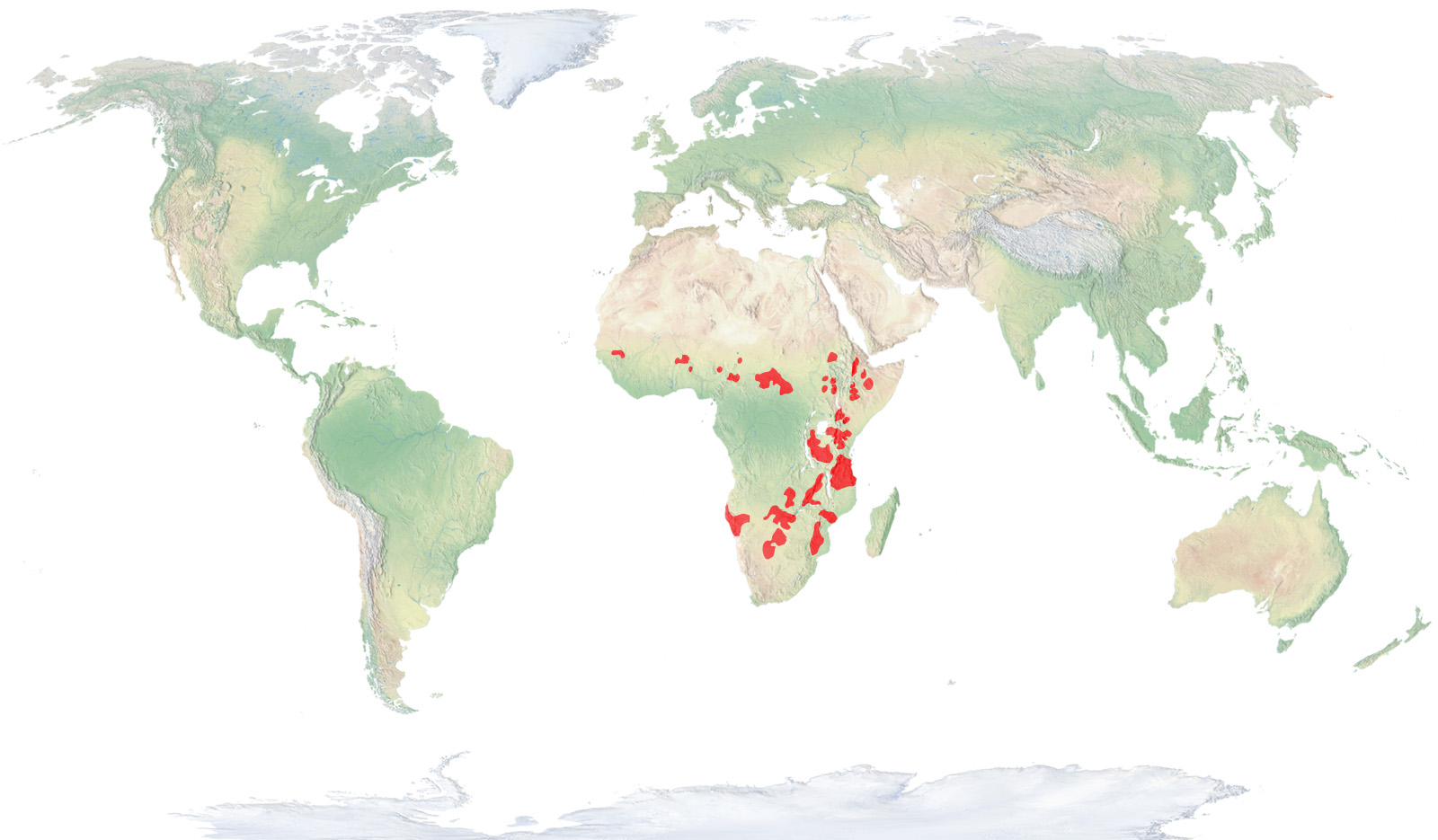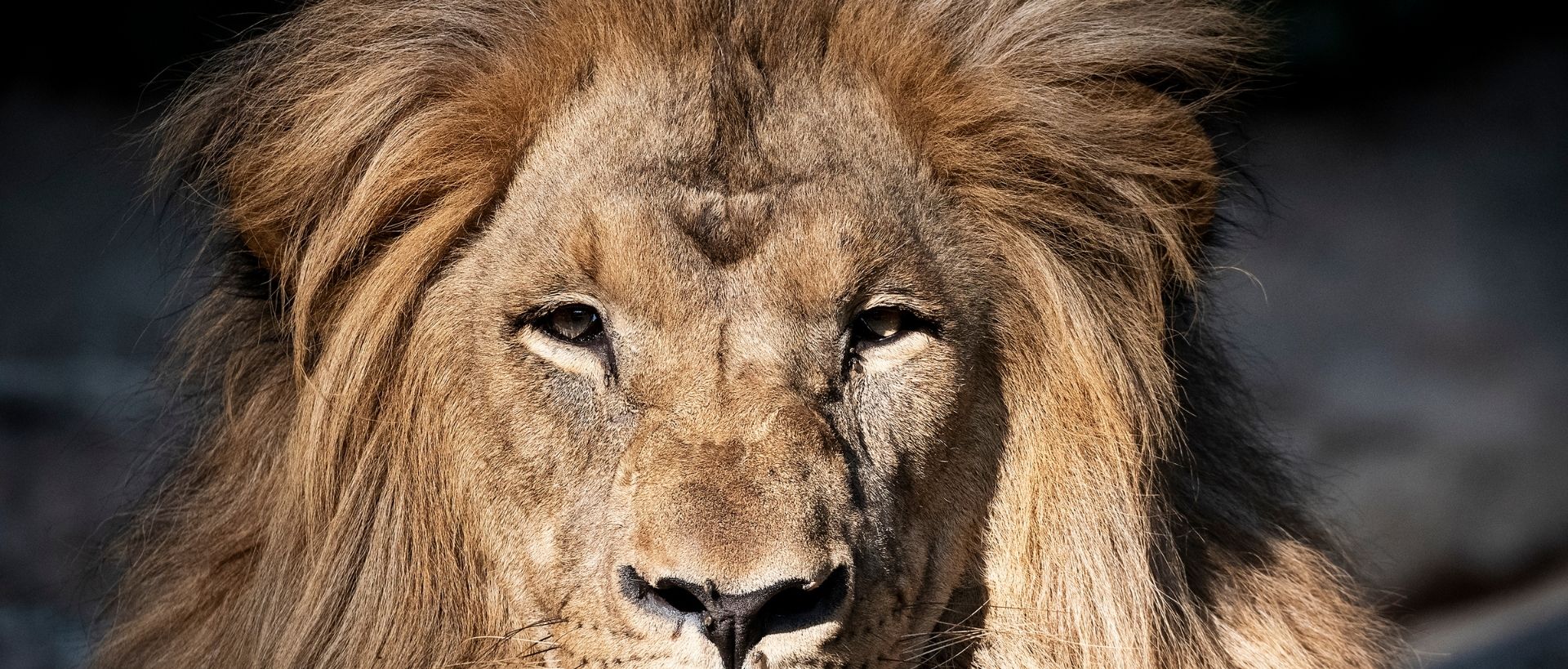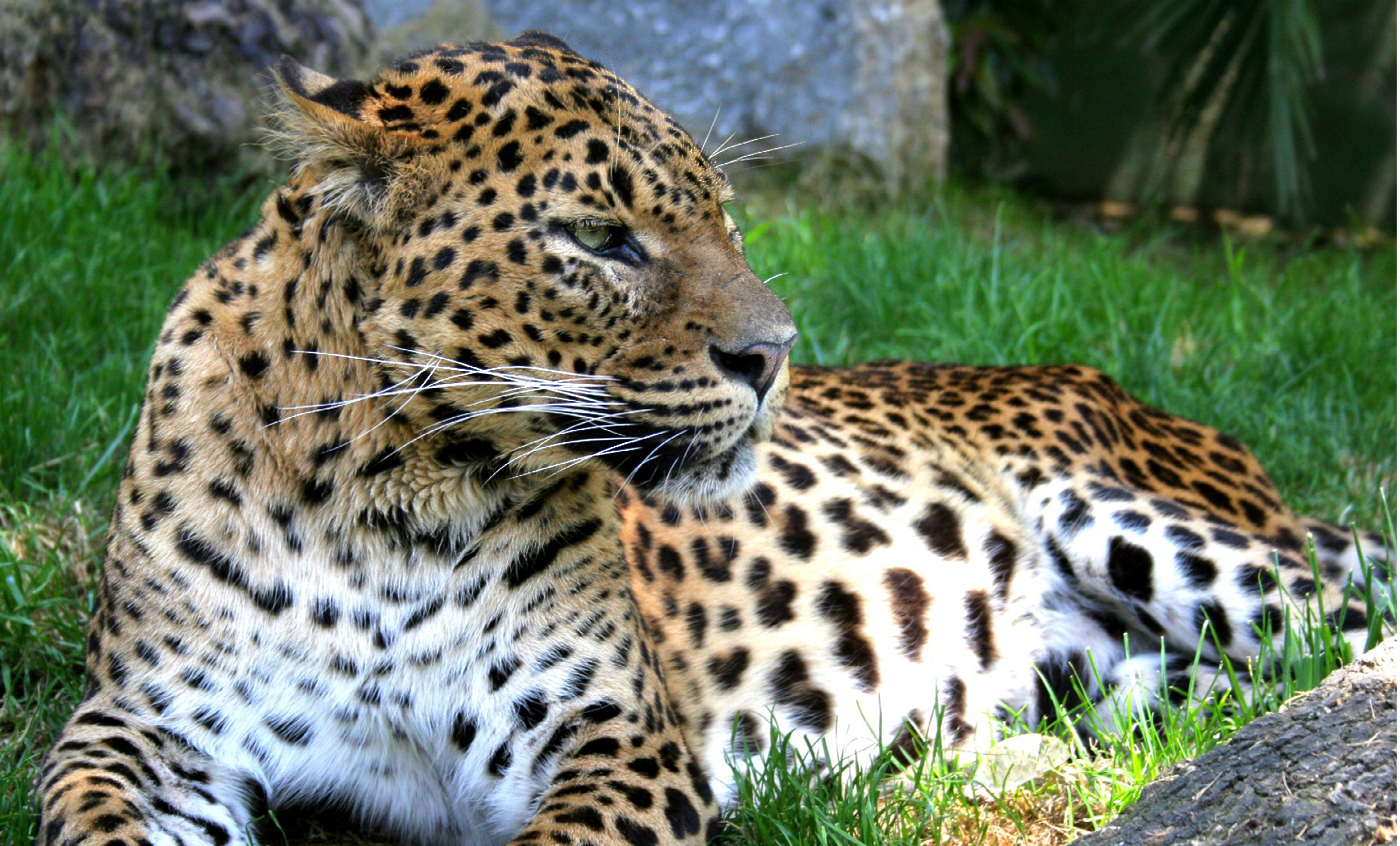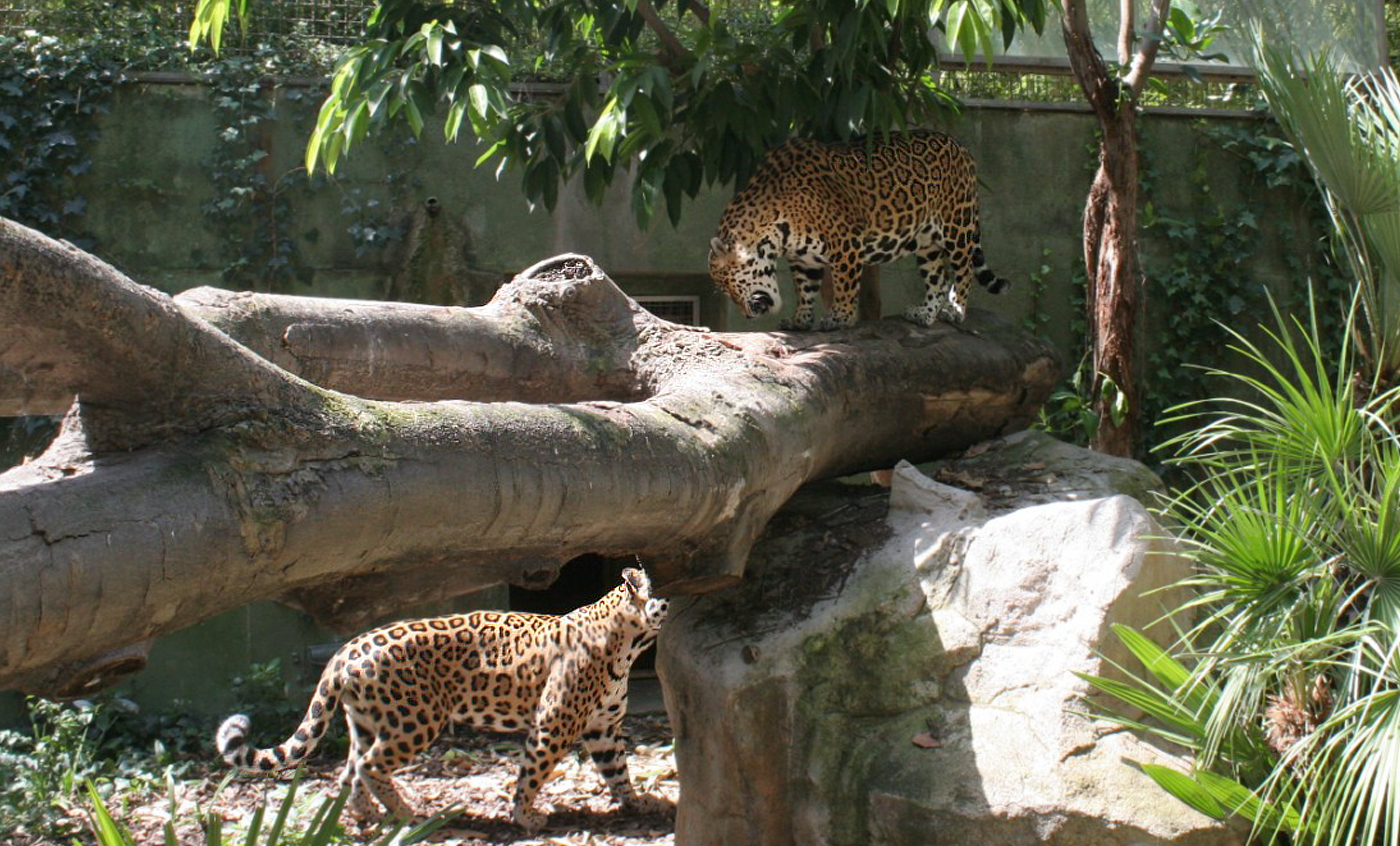Lion
The lion is a carnivorous mammal and the only feline in the world that lives in groups. It is never found in the jungle but lives in savannas and other open spaces. It sleeps for an average of 20 hours a day, is active mostly at night, and can live for over 25 years.
The lion is still common in many areas of Africa but the Asian sub-species, which is only found on a small reserve in India, is a highly endangered species.
Natural habit
Africa, in southern Sahara, and the Gir forest, in India.

- Distribution / Resident
- Breeding
- Wintering
- Subspecies
Risk level
- Extint
- Extint in the wild
- Critically endangered
- In Danger
- Vulnerable
- Near threatened
- Minor concern
- Insufficient data
- Not evaluated
Taxonomy
Physical characteristics
Biology
Reproduction
Biology
The lion is the second largest feline, after the tiger. With powerful legs, a strong jaw and 8-centimetre-long canine teeth, lions can kill big animals. Its colour ranges from light brown to a yellowish, reddish or dark ochraceous brown. Its lower parts tend to be lighter, while the tail’s tuft is black.
They display obvious sexual dimorphism: males can be distinguished by their long mane and larger size, between 20%-30%.
Savannahs and grass plains, with abundant preys and enough trees, although it can live in shrublands, mountains or semi-desert areas.
It is the most powerful African predator and almost all the large herbivores sharing the habitat with the lion are part of its diet. Among all the predators of the savannah, the lion is the only one that regularly kills animals weighting more than 250 kg, for adult females need to eat 5 kg of meat every day and adults up to 7 kg. However, its opportunistic behaviour allows them to eat rodents, hares, small birds or reptiles.
Lions mate any time of the year and females can copulate with more than one male during oestrus. During a mating period, that can last for days, two lions copulate between twenty and forty times a day, often without eating.
The gestation period lasts about 110 days and females have a litter of one to six cubs, in a hiding place located in a thicket, a cave or any other safe place. Cubs are born blind and do not open their eyes until they are one week old. Their coat is more or less marked at the time of the birth. The mother changes the cubs’ den many times, picking them up by the nape, in order to prevent the accumulation of their scent in the same place and thus avoid being detected by predators. It does not re-join the group with the cubs until these are between six and eight weeks old.
The lion is the most sociable feline, as it lives in family groups formed by one or several adult males and an also variable number of females and cubs. Sometimes, these groups are formed by more than twenty animals.
Even though it is the most diurnal feline, it usually hunts at night. Most of the times, females are the ones who capture preys, while males’ function is to defend the territory against competitors or enemies. They can run at up to 60 km/h, but only during a few metres, so they need to use camouflage strategies, in order to get close to potential victims. The success rate of lions is low, only one in four attempts. Once captured, preys are eaten by all the members of the group.
Lions have been hunted and pursued by human beings since the dawn of time and great wild extensions with abundant preys are increasingly scarce, so nowadays there are significant populations only within national parks and other protected areas.
In the past, their distribution area covered all Africa and a great part of southern Asia, until India. Nowadays, however, populations have been mostly wiped out from this area and can only be found in central, eastern and southern Africa. From the Asian lion, severally endangered, only a small population in the north-western Indian forest of Gir remains.
The subspecies of the Zoo of Barcelona is the Katanga lion, Panthera leo bleyenberghi, which is found in the Democratic Republic of the Congo (in the area of Katanga), in eastern Angola, western Zambia and Zimbabwe, northern Namibia and Botswana.









